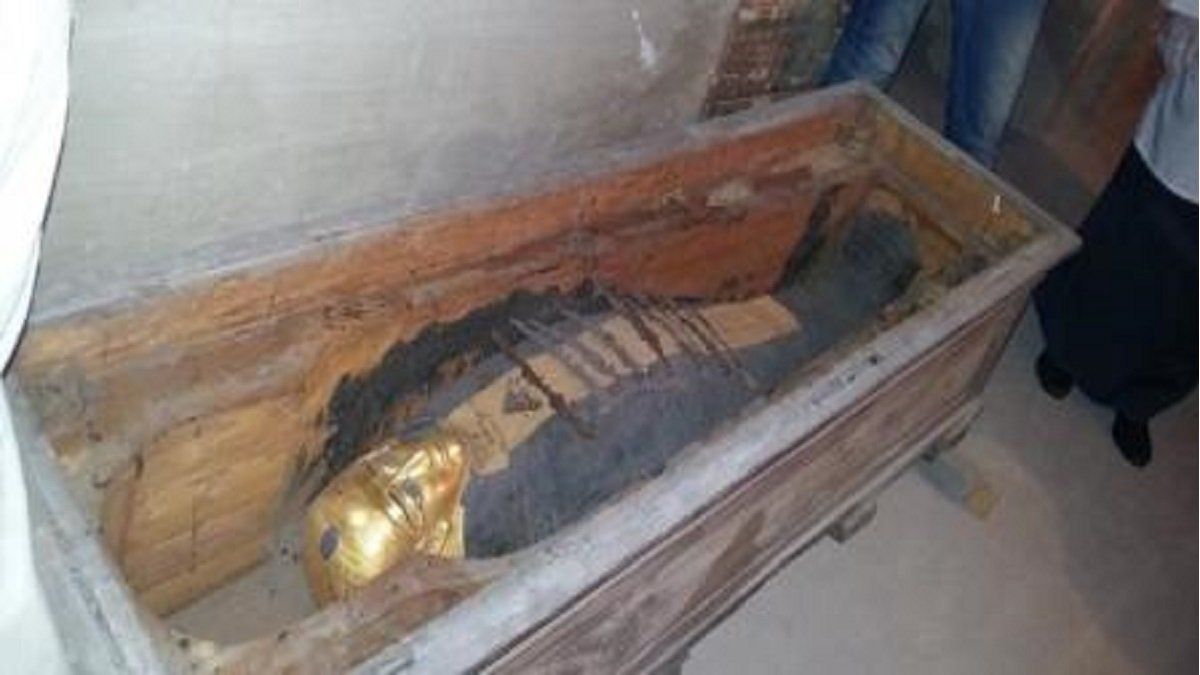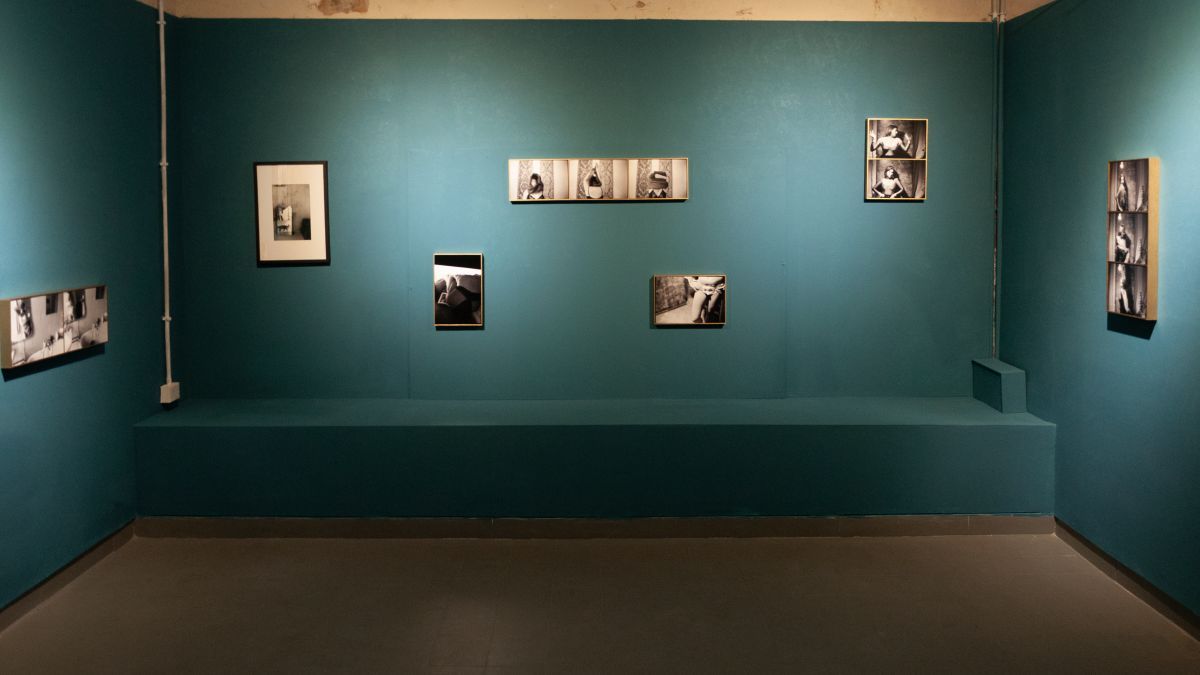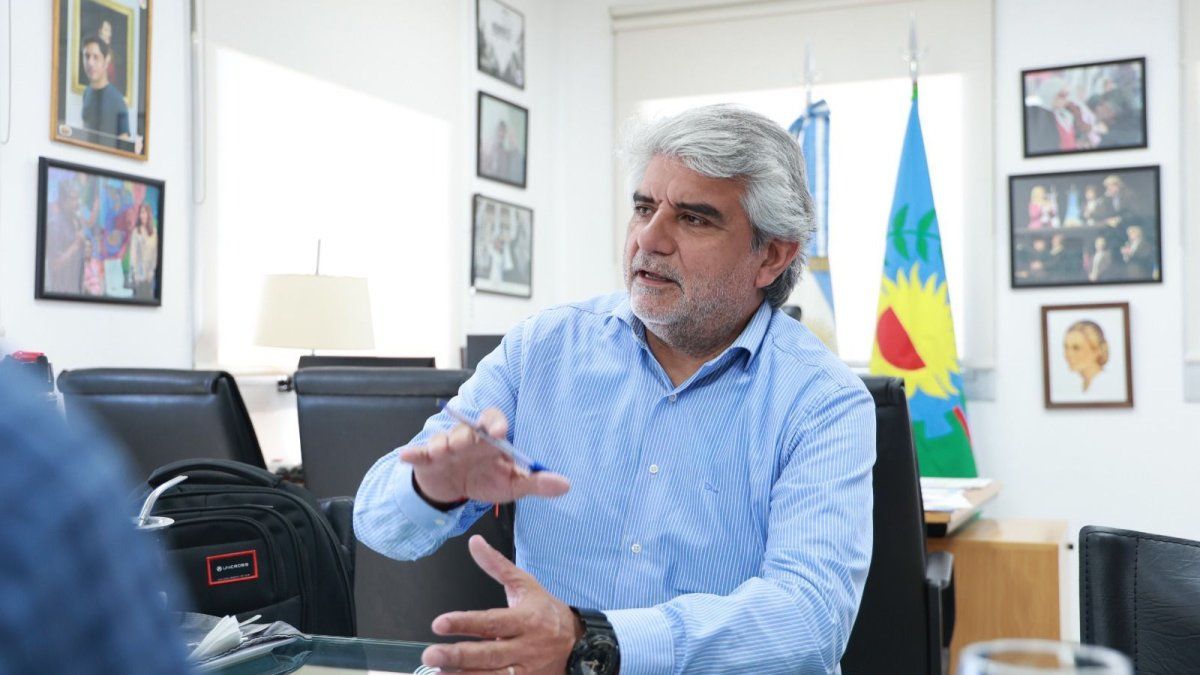The discovery made by archaeologists in Egypt was surprising: a mummified body covered in gold, inside a sealed sarcophagus that had not been opened in 4,300 years.
The remains, believed to belong to a man named Hekashepesis one of the oldest and most complete mummies ever found.
It was discovered in a 15 meter deep tomb located in Saqqara, south of Cairo, where three other graves were also found. The largest of the mummies that were unearthed in that ancient necropolis belong to a man named khnumdjedefwho was a priest and assistant to the nobles.
Another belonged to a man named Merywho was an official who had the title of “secret keeper”, which allowed him to perform special religious rituals.
It is believed that a judge and writer named Fetek he was buried in the other tomb, where a collection of what are believed to be the largest statues ever found in the area was discovered. Various items, such as ceramic pieces, were also found among the tombs.
The discoveries belong to a point between the 25th and 22nd centuries BC. “This discovery is very important because it connects the kings with the people who live around them,” he said. Ali Abu Deshishanother archaeologist involved in the excavation.
saqqara it was an active burial ground for more than 3,000 years and was designated as Unesco heritage. It is located in what was the ancient Egyptian capital, memphisand is home to more than a dozen pyramids, including the Step Pyramid, near where a pit containing the mummy was found.
The discovery after experts in the city of luxorin southern Egypt, will announce the discovery of a complete residential city from Roman times, dating to the 2nd and 3rd centuries AD
The archaeologists found residential buildings, towers, and what they called “metal workshops,” containing Roman pots, tools, and coins. Egypt has announced many important archaeological discoveries in recent years, as part of efforts to revive its tourism industry.
The government expects its Grand Egyptian Museum, due to open this year, to attract 30 million tourists a year by 2028. Critics, however, have accused the government of prioritizing media findings to attract more tourism, rather than academic research.
Source: Ambito




